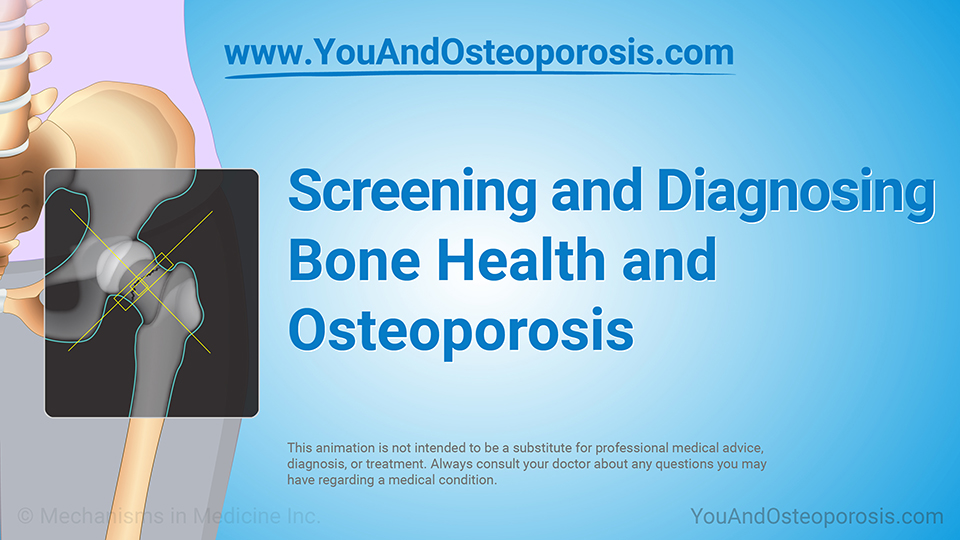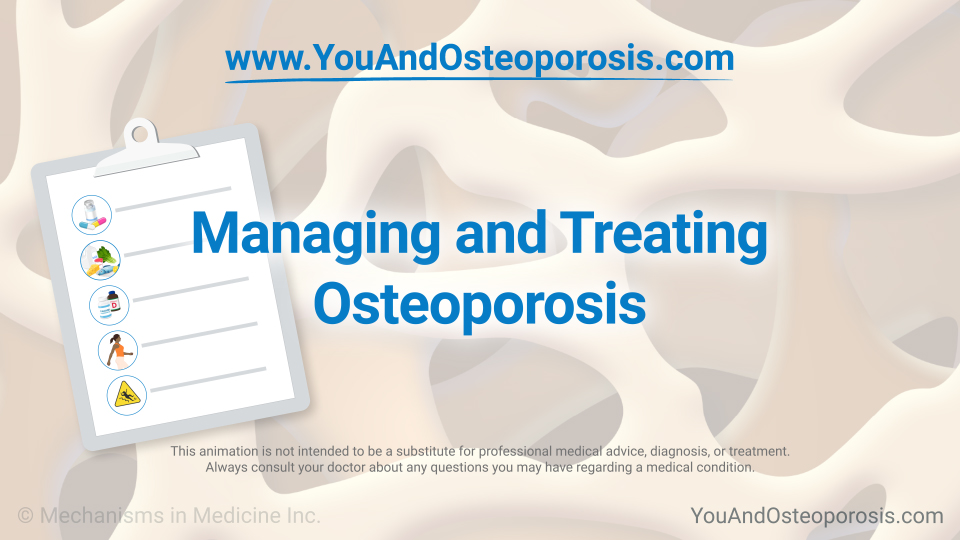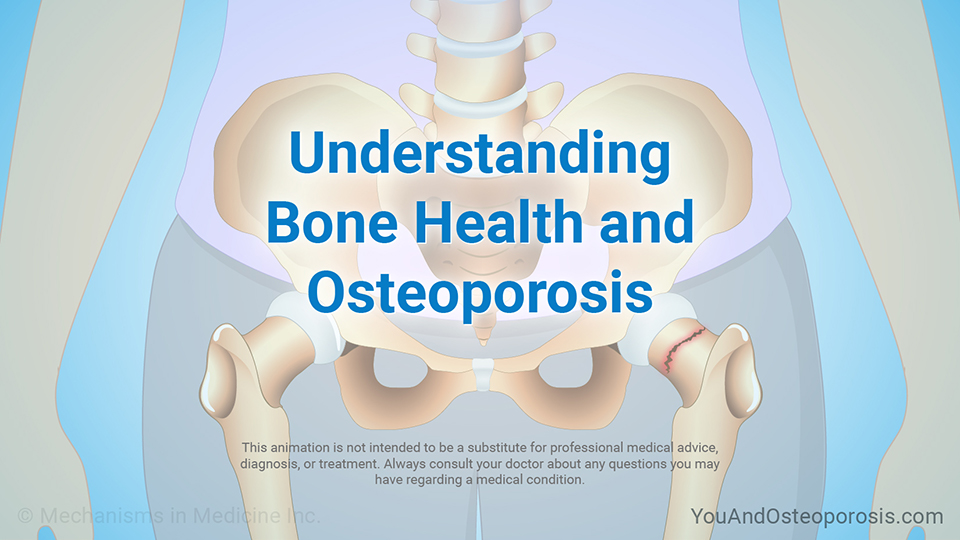
Animation - Understanding Osteoporosis
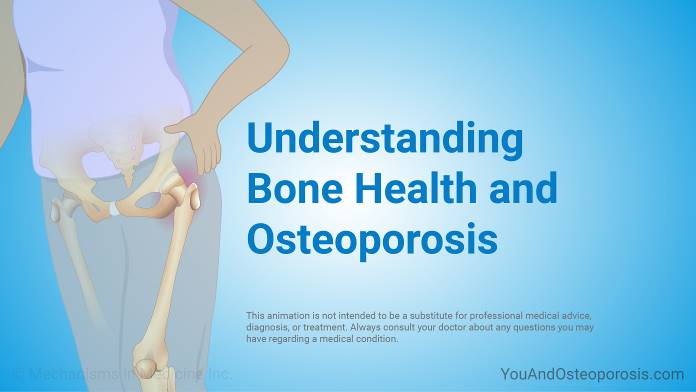
Slide Show - Understanding Osteoporosis
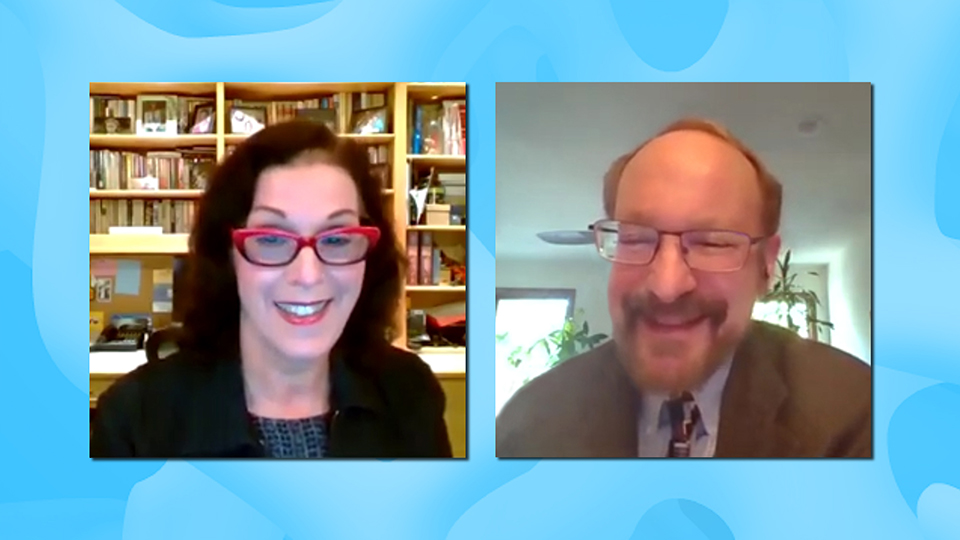
1.
What is osteoporosis and what causes it?
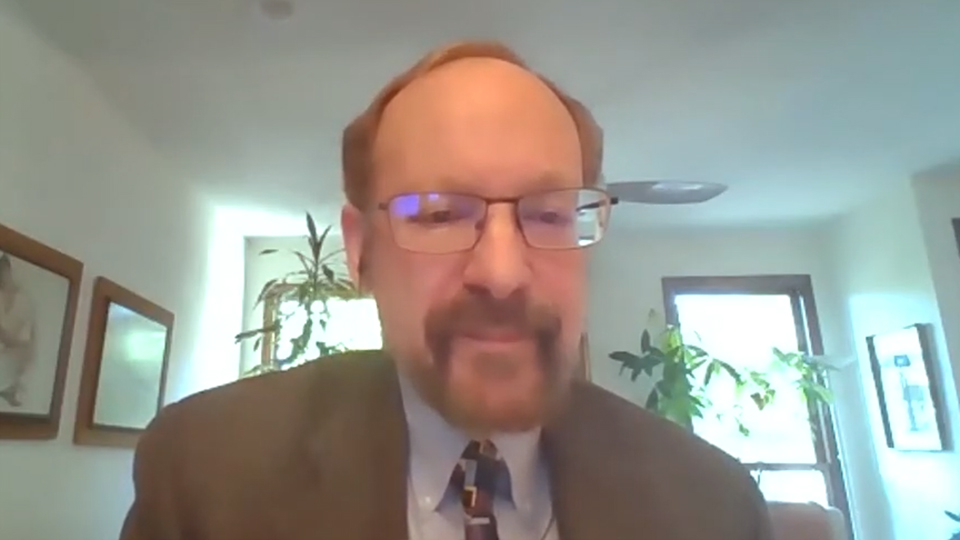
2.
What are the symptoms of osteoporosis?
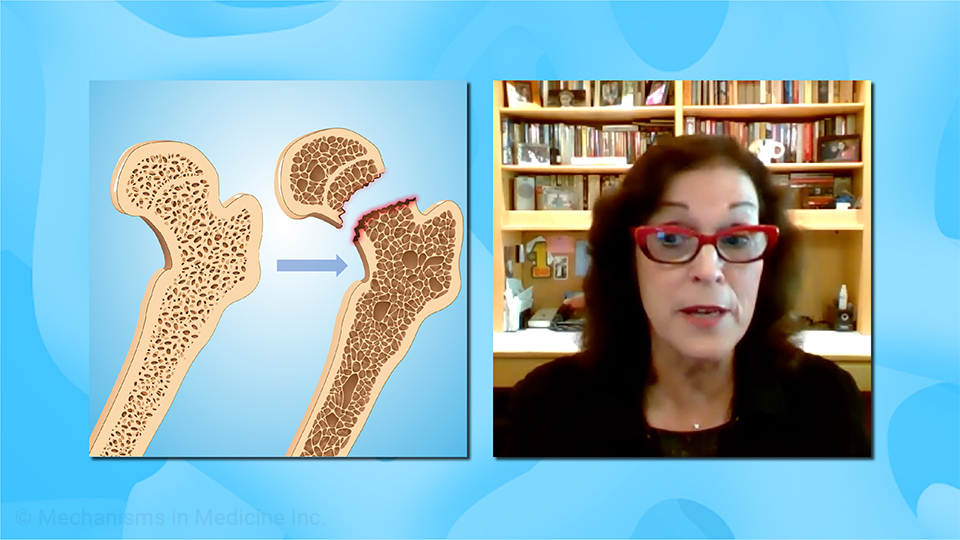
3.
What is the difference between osteopenia, osteoporosis and osteomalacia?
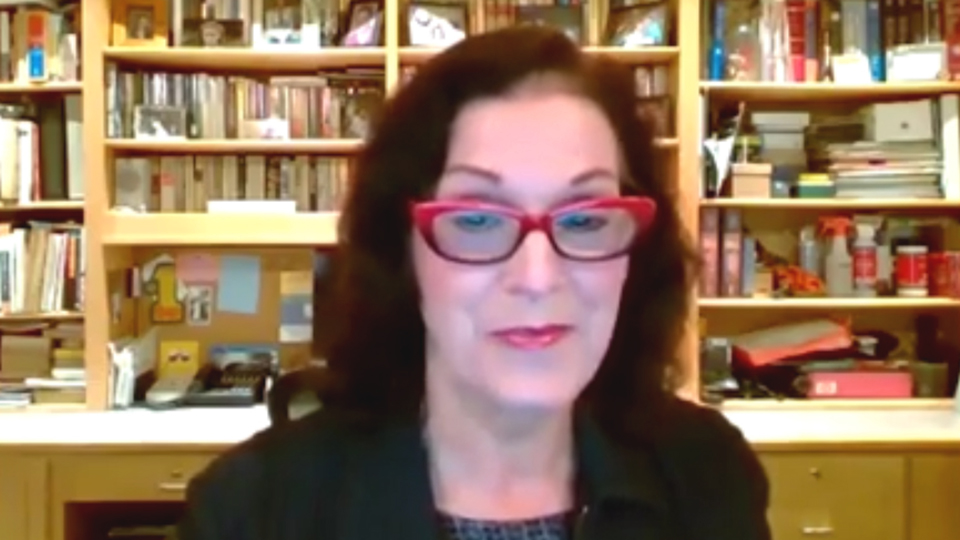
4.
Who is most at risk for osteoporosis and why?

5.
What can I do to prevent osteoporosis?
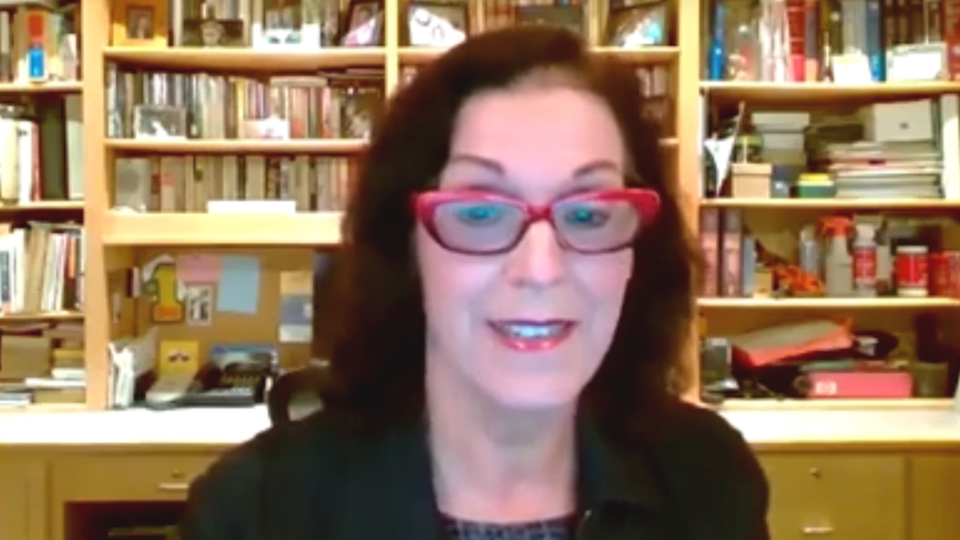
6.
Why are women at greater risk than men for osteoporosis?
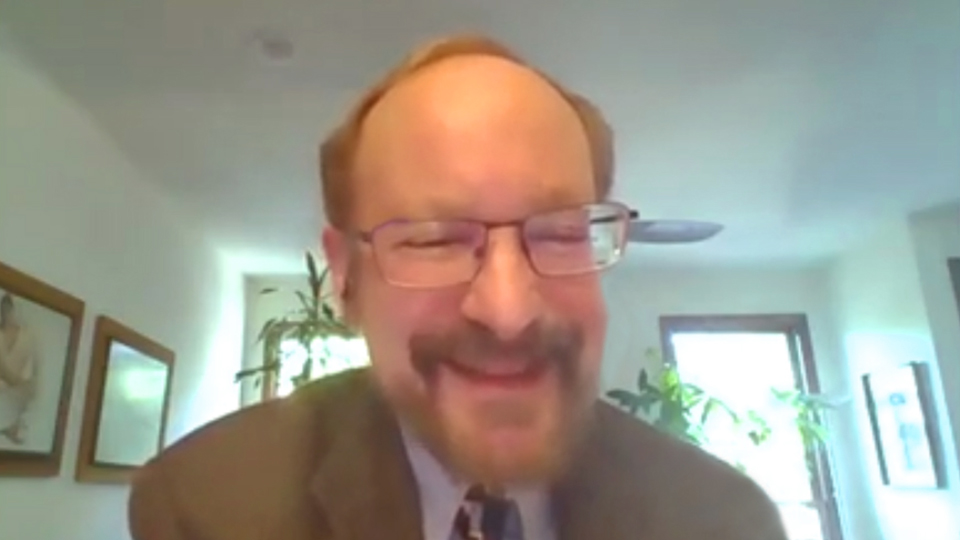
7.
Should men worry about osteoporosis? What are the signs in men?

8.
Can certain medications increase the risk of developing osteoporosis?

9.
Is there a cure for osteoporosis?
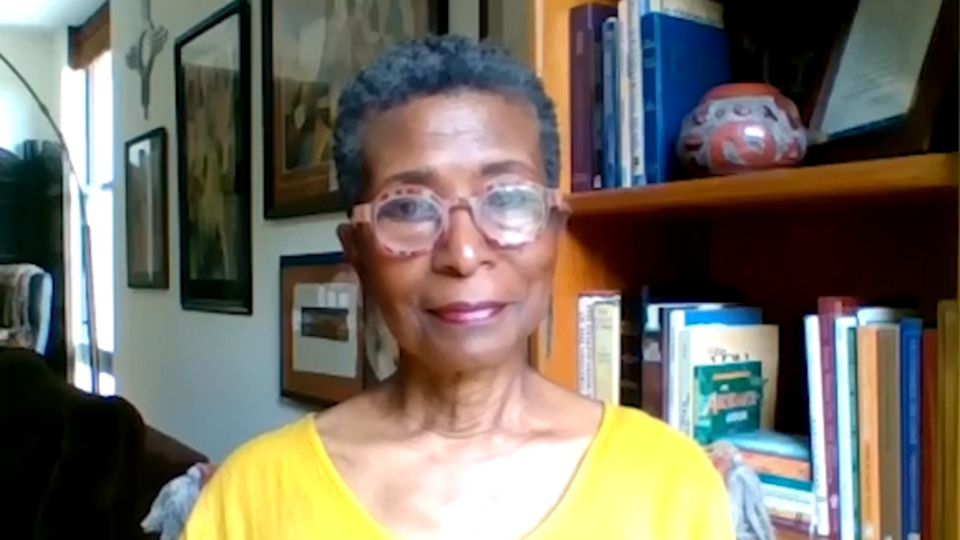
10.
Dr Tilli's story: How did you find out you had osteoporosis? How was it diagnosed?
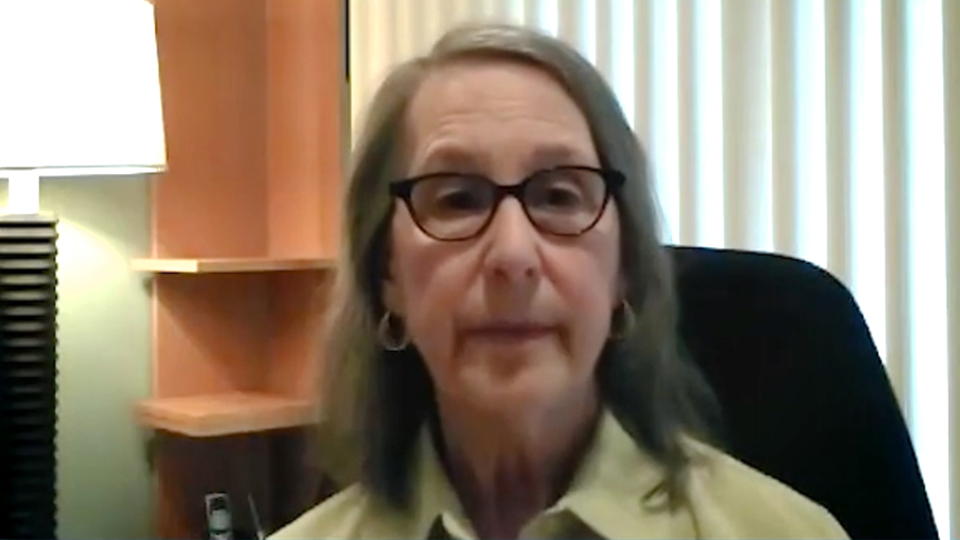
11.
Shelley's story: How did you find out you had osteoporosis? How was it diagnosed?
Slide Show - Understanding Bone Health and Osteoporosis
This slide show provides an overview of bone health and osteoporosis, a disease in which your bones become fragile and more likely to break. Up to 1 in 2 women and 1 in 4 men over age 50 will break a bone in their lifetime due to osteoporosis. Preserving and maintaining bone health is vital. You will learn about risk factors for osteoporosis and steps you can take to avoid potentially devastating fractures. Making bone-healthy choices can help you keep your bones strong for life.
Your feedback is important to us! We will use your feedback to develop future areas of content about osteoporosis which will help other patients, caregivers and families.
Please rate this content:
Section: Understanding Osteoporosis

 Expert Videos
Expert Videos








 Patient Videos
Patient Videos



Animation - Understanding Osteoporosis

Slide Show - Understanding Osteoporosis

1.
What is osteoporosis and what causes it?

2.
What are the symptoms of osteoporosis?

3.
What is the difference between osteopenia, osteoporosis and osteomalacia?

4.
Who is most at risk for osteoporosis and why?

5.
What can I do to prevent osteoporosis?

6.
Why are women at greater risk than men for osteoporosis?

7.
Should men worry about osteoporosis? What are the signs in men?

8.
Can certain medications increase the risk of developing osteoporosis?

9.
Is there a cure for osteoporosis?

10.
Dr Tilli's story: How did you find out you had osteoporosis? How was it diagnosed?

11.
Shelley's story: How did you find out you had osteoporosis? How was it diagnosed?

